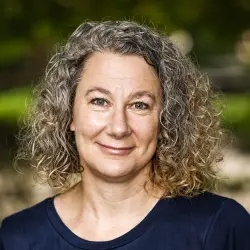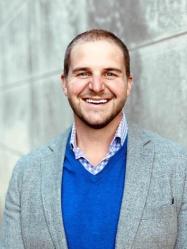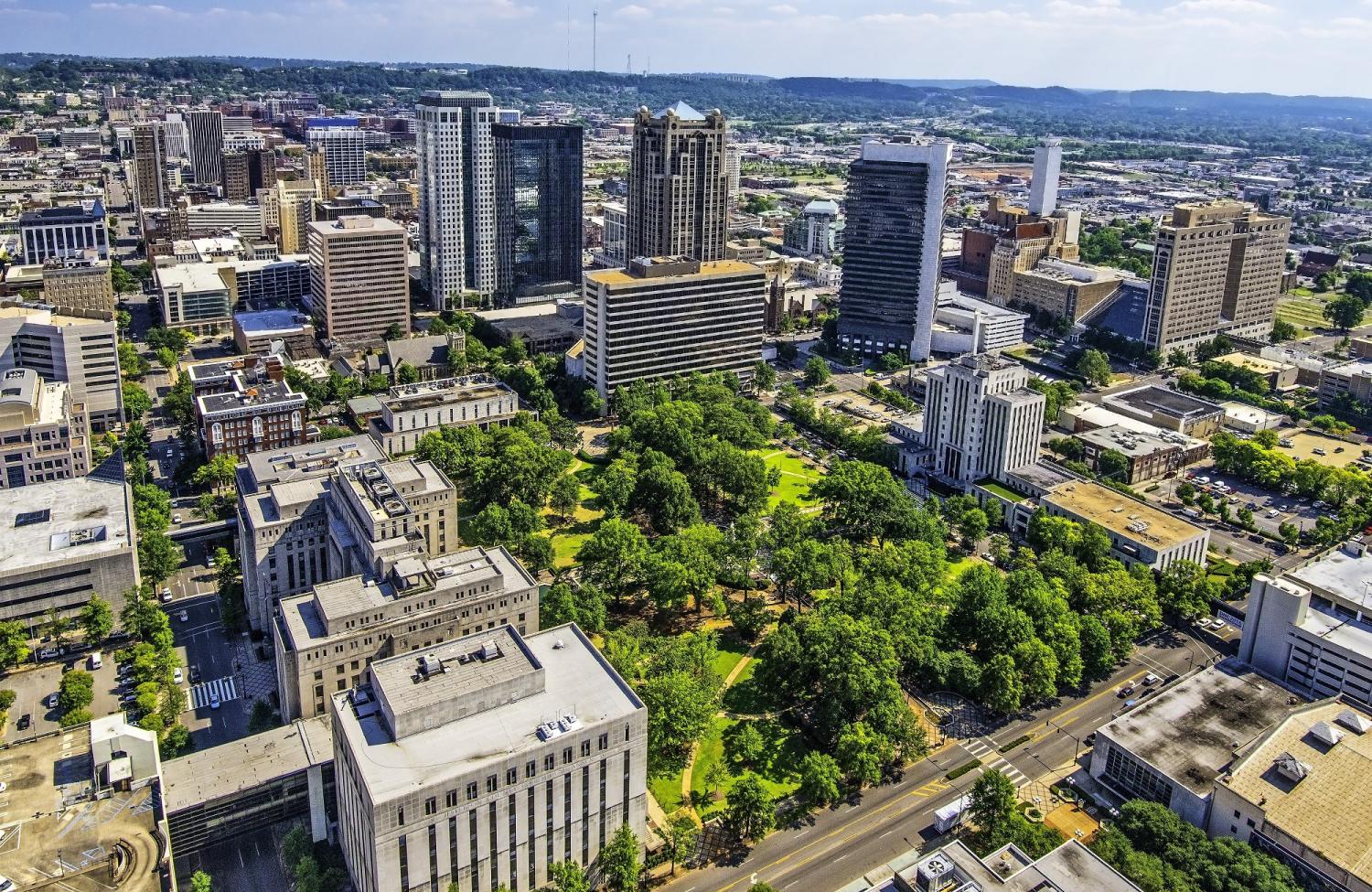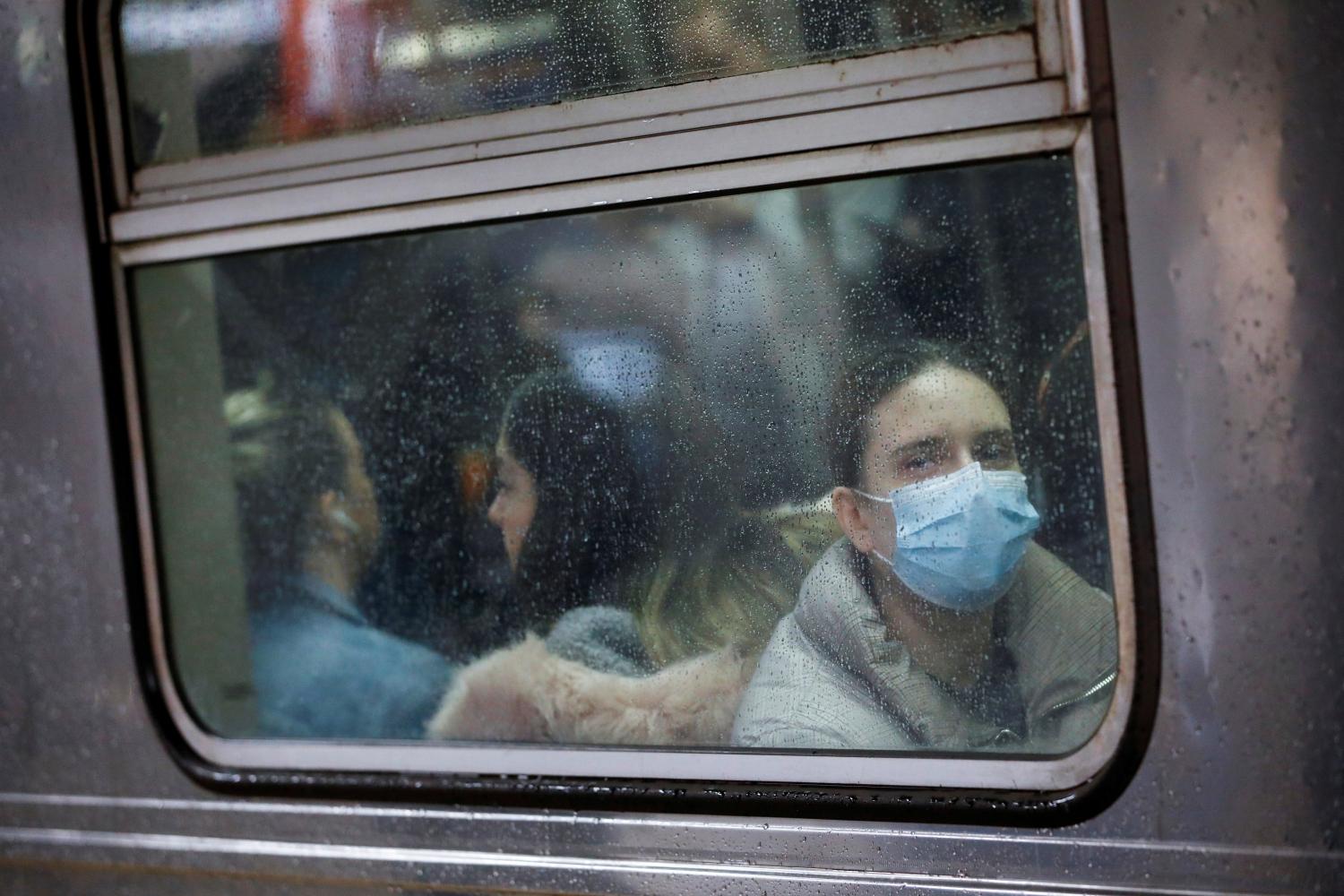This essay is part of the Actionable Ideas for Economic Recovery in American Cities, a feature of the COVID-19 Metro Recovery Watch.
Overview
COVID-19 poses disproportionate health risks and economic threats to people of color. Black Americans are much more likely than white Americans to contract the virus, to be hospitalized for it, and to die from it. The differences are particularly pronounced among those in their prime working years.1 Social distancing measures to reduce the spread have resulted in massive layoffs, eroding livelihoods for workers in retail, hospitality, administrative support, and entertainment.
Birmingham, Ala., the fourth-largest majority-Black city in the country, is especially vulnerable to the devastating effects of COVID-19. Infection and death rates are much higher in majority-Black jurisdictions than in majority-white ones, and unemployment rates in the Birmingham region skyrocketed from 2.9% in January 2020 to 11.9% in April.2
This brief outlines a new program, the Birmingham Service Corps, which addresses COVID-19’s twin health and economic crises through hiring recently unemployed Birmingham residents to meet community needs. Launched by Bham Strong, a public-private initiative formed in response to COVID-19, the Corps has employed more than 300 residents to carry out a variety of projects meeting immediate needs, such as screening public housing residents for viral symptoms, making lunches for school children, and setting up and staffing test centers. The second phase of the Corps will incorporate skills training to prepare workers for future job opportunities as community health advisors.
The Birmingham Service Corps is a model for other cities, counties, and states in approaching the health, economic, and social challenges posed by COVID-19. It is a multisector effort, emerging from a civic initiative (Bham Strong) with broad representation from local business, philanthropy, nonprofits, and government. The Corps itself is supported by a mixture of public and philanthropic funds, and Bham Strong is well-positioned to engage employers and seek additional funding—both to continue immediate response efforts and to provide a bridge to ongoing employment for interested volunteers.
In other places, parallel civic initiatives could harness the energy and contributions of local actors to develop a service corps. The corps itself can scale to different sizes based on community capacity and need, and given the continued spread of the virus, it is likely that testing and economic supports will be necessary for some time.
Challenge
COVID-19 has sharpened Birmingham’s existing economic and health disparities, causing serious distress at the community and individual levels.
Before the pandemic hit, many area residents were already economically vulnerable. Nearly one in five Jefferson County families with children lived in poverty, and 40% of households did not have enough liquid assets to subsist at the poverty level for three months without income.3 Forty percent of Jefferson County’s working-age residents (165,000 people) were either out of work or in low-wage jobs (paying less than $14 per hour).3
Recent economic data shows that the U.S. has been in a recession since February 2020.5 Since March, when COVID-19 started affecting the economy in earnest, nearly 25% of Birmingham’s workforce has filed for unemployment insurance. According to Burning Glass Technologies, job postings across all categories (high-wage and hourly workers) have fallen 50% from normal levels over this period.4
For communities and economies to be resilient, they must combine the public health restrictions necessary to prevent spreading the virus with measures that expand access to economic opportunity, especially for hourly workers.
The city of Birmingham has worked alongside other public, private, and civic partners to create Bham Strong, an agile public-private partnership designed to promote public health and economic resilience. Members include the philanthropic sector (the Community Foundation of Greater Birmingham and the Alabama Power Foundation), the Jefferson County Department of Health, the private sector (Shipt, Altec, Regions, Pack Health, and others), and the University of Alabama at Birmingham.
Assessing the local context, Bham Strong identified two primary challenges facing the city: 1) Birmingham residents need support to meet their vital needs and prepare for a post-COVID-19 economy, and 2) Birmingham’s workers need to be empowered to build a resilient community that can overcome COVID-19 and is set up to thrive.
Response
In April, Bham Strong and the city of Birmingham launched the Birmingham Service Corps as one of the partnership’s signature programs. The Corps enlists recently unemployed workers as paid volunteers to meet community needs that have emerged due to COVID-19. Any Birmingham resident age 18 or older can apply through Bham Strong’s website. Corps members are paid as 1099 contractors, with wages ranging from $15 to $25 dollars per hour, depending on the work performed.
Bham Strong designs Corps projects in partnership with community organizations. Each project is approved by Bham Strong’s board in coordination with the city of Birmingham.
Bham Strong tracks the following key performance indicators for the Corps:
- Number of residents who obtain paid volunteer opportunities
- Number of Birmingham community members served through programs staffed by Corps members
- Percentage of donor contributions that flow directly to Corps members
The Birmingham Service Corps has placed over 300 members in opportunities, 62% of whom are Black and 69% of whom are women. On average, Corps members have experienced a reduction of 54% in their weekly income because of COVID-19.
Projects thus far have included staffing a call center to screen nearly 10,000 public housing residents for viral symptoms, informing the deployment of mobile testing and providing patient referrals, preparing and distributing lunches for 12,000 public school students, setting up and staffing testing centers, assisting area nonprofits that serve the low-income population with additional staff capacity for COVID-19 relief programs, and conducting structured interviews with area residents to gather data on the pandemic’s impact.
The first phase of Bham Strong is designed to meet immediate community needs in the midst of the pandemic. Recognizing the enduring economic impact of the virus and the precariousness of the Birmingham workforce, the second phase will leverage Corps infrastructure to make service a bridge to the workforce of the future.
Pandemic-related job erosion has sharpened the need to proactively connect unemployed individuals to jobs, training, and other social services, including jobs relevant to pandemic relief and recovery, such as contact tracing. These emerging needs, in tandem with COVID-19 federal stimulus funding, present an opportunity for an inclusive job training and preparation effort that can be spearheaded by Bham Strong.
Looking ahead, the city and Bham Strong will use the Corps as a foundation to promote greater economic security and career advancement for workers, particularly Black residents who have been disproportionately left behind. Black Birmingham residents account for 30% of all workers, but 50% of low-wage workers. They are also overrepresented among the out-of-work, making up 70% of out-of-work young adults ages 18 to 24, and 49% of out-of-work adults ages 25 to 64.5 A recent Oxford Economics report estimates that with a muted recovery, 95,000 jobs in Greater Birmingham will not return until Q4 2021, a 17.3% decrease from Q4 2019. Occupations paying relatively low wages are the most impacted.6
Consequently, COVID-19-related job loss has been concentrated in the Black population, exacerbating existing unemployment and underemployment. Evolving the Corps into a longer-lasting workforce initiative that places its members into training and career pathways can help address this racial disparity.
Bham Strong is developing an “earn and learn” model for this next phase of the Corps. Members will serve as community health and wellness advisors, providing information and guidance on managing chronic conditions that contribute to COVID-19-related hospitalizations, such as hypertension. They will also refer residents to social and workforce services. They will be trained in contact tracing, serving as a reserve force in case additional workers are needed to track spikes in the virus. The Minority Heath & Health Disparities Research Center at the University of Alabama at Birmingham and community partners will provide the training.
Bham Strong is coordinating with area employers to ensure that training and work experience prepares Corps members for future job opportunities in the health care field. They are also planning to organize employer councils to inform the training, so that workers receive instruction that prepares them for further career advancement.
Funding
The initial budget for the Birmingham Service Corps is $1.5 million, with $500,000 from local corporate philanthropy and $1 million from the city of Birmingham. Approximately $20 million in federal CARES Act funding is being pursued at the state and county levels, and the organization is continuing to pursue philanthropic gifts. Local officials may also use funding available for subsidized employment through the federal Workforce Innovation and Opportunity Act, and are also likely to partner with the state to apply for funding from the Department of Education through their Education Stabilization Fund-Reimagining Workforce Preparation Grants program.
Potential impact
Bham Strong and the Birmingham Service Corps are examples of the power of a unified civic response to a health and economic crisis, and they are models that can be emulated in other places.
In the short term, the Corps achieves two goals: meeting immediate community needs related to COVID-19 and providing job opportunities to unemployed residents. To date, the organization has placed nearly 300 members in paid opportunities. In the longer term, the Corps can become a crucial part of the workforce development ecosystem, expanding access to higher-quality long-term career paths for Corps members and supporting the growth of the high-wage industry in Birmingham.
The skills that Corps members gain can be the foundation for new career trajectories in data collection and management, client services, and precision population health. Meanwhile, the workers trained in community health outreach and navigation can improve the health outcomes of residents by helping people manage chronic disease and forestalling COVID-19-related complications among high-risk individuals.
-
Footnotes
- Tiffany Ford, Sarah Reber, and Richard Reeves, “Race gaps in COVID 19 deaths are even bigger than they appear (Washington, Brookings: June 16, 2020), available at https://www.brookings.edu/blog/up-front/2020/06/16/race-gaps-in-covid-19-deaths-are-even-bigger-than-they-appear/; Centers for Disease Control and Prevention, “COVID View: Key updates for week 24, ending June 13, 2020,” available at https://www.cdc.gov/coronavirus/2019-ncov/covid-data/pdf/covidview-06-19-2020.pdf; Senate Joint Economic Committee, “The impact of coronavirus on the working poor and people of color,” April 24, 2020, available at https://www.jec.senate.gov/public/index.cfm/democrats/2020/4/new-report-explains-why-black-latino-low-income-communities-are-disproportionately-impacted-by-the-coronavirus
- Reis Thebault, Andrew Ba Tran and Vanessa Williams, “The coronavirus is infecting and killing Black Americans at an alarmingly high rate,” Washington Post, April 7, 2020, available at https://www.washingtonpost.com/nation/2020/04/07/coronavirus-is-infecting-killing-black-americans-an-alarmingly-high-rate-post-analysis-shows/?arc404=true; Bureau of Labor Statistics, U.S. Department of Labor, “Metropolitan area employment and unemployment (monthly) news release,” March 20, 2020, available at https://www.bls.gov/news.release/archives/metro_03202020.htm; Bureau of Labor Statistics, U.S. Department of Labor, “Metropolitan area employment and unemployment news release,” June 3, 2020, available at https://www.bls.gov/news.release/metro.nr0.htm.
- Data on the out-of-work are from a Brookings analysis of 2013-2015 American Community Survey microdata, from Martha Ross and Natalie Holmes, “Meet the out-of-work: Local profiles of jobless adults and strategies to connect them to employment,” (Washington, Brookings: 2017); Martha Ross and Natalie Holmes, “Meet the millions of young adults who are out-of-work,” (Washington, Brookings, 2019). Data on low-wage workers are from a Brookings analysis of 2012-2016 American Community Survey microdata, from Martha Ross and Nicole Bateman, “Meet the low-wage workforce,” (Washington, Brookings: 2019).
- Analysis by Burning Glass Technologies, April 20, 2020.
- Brookings analysis of 2013-2015 American Community Survey microdata and 2012-2016 American Community Survey microdata.
- Oxford Economics, “Economic outlook scenarios and key metrics: Birmingham, AL metropolitan statistical area,” (n.d.)
The Brookings Institution is committed to quality, independence, and impact.
We are supported by a diverse array of funders. In line with our values and policies, each Brookings publication represents the sole views of its author(s).









